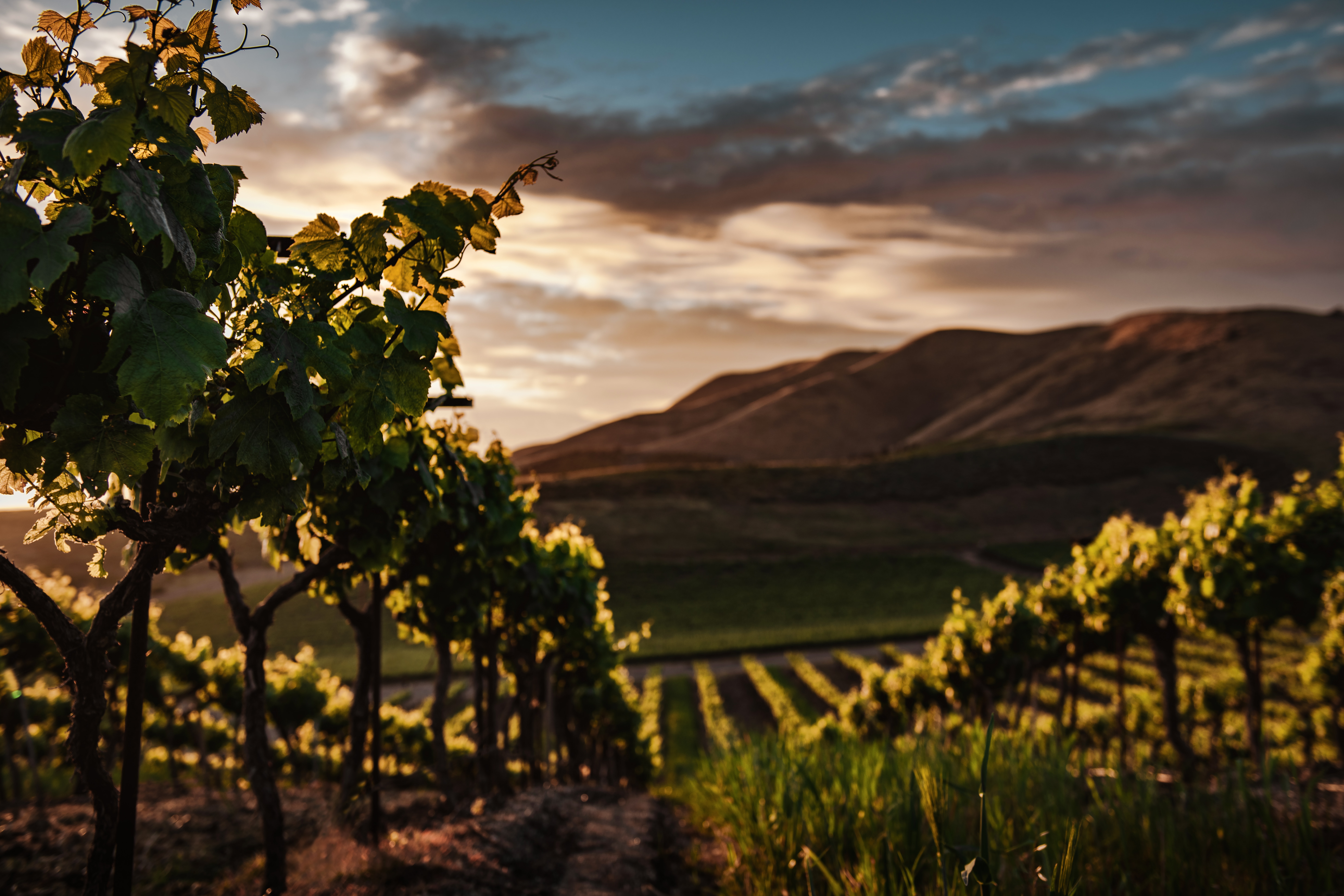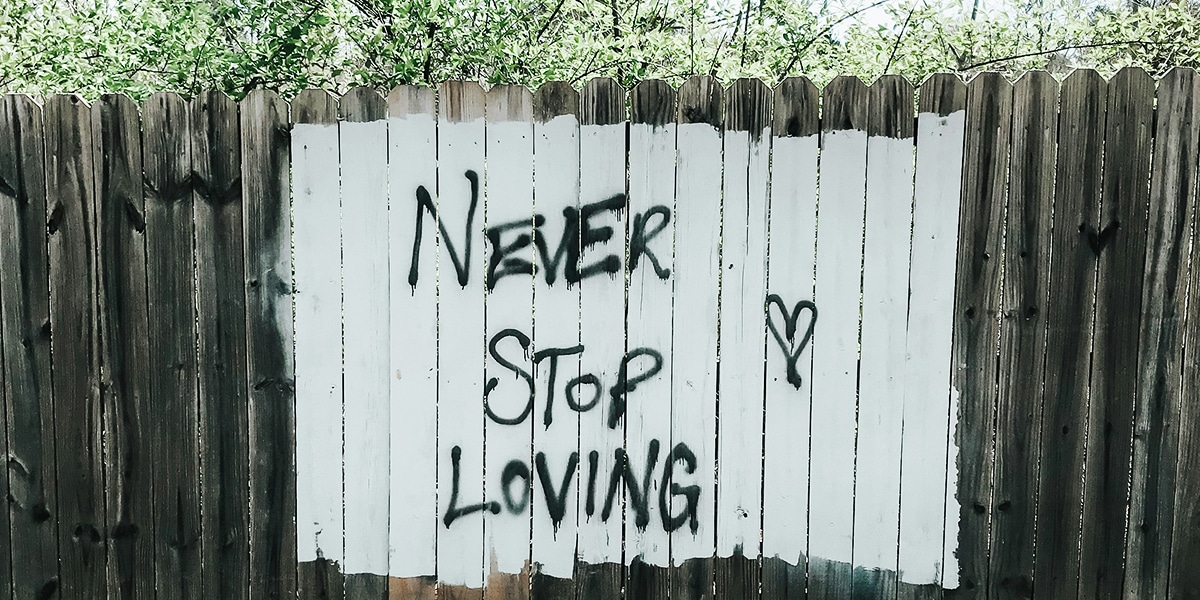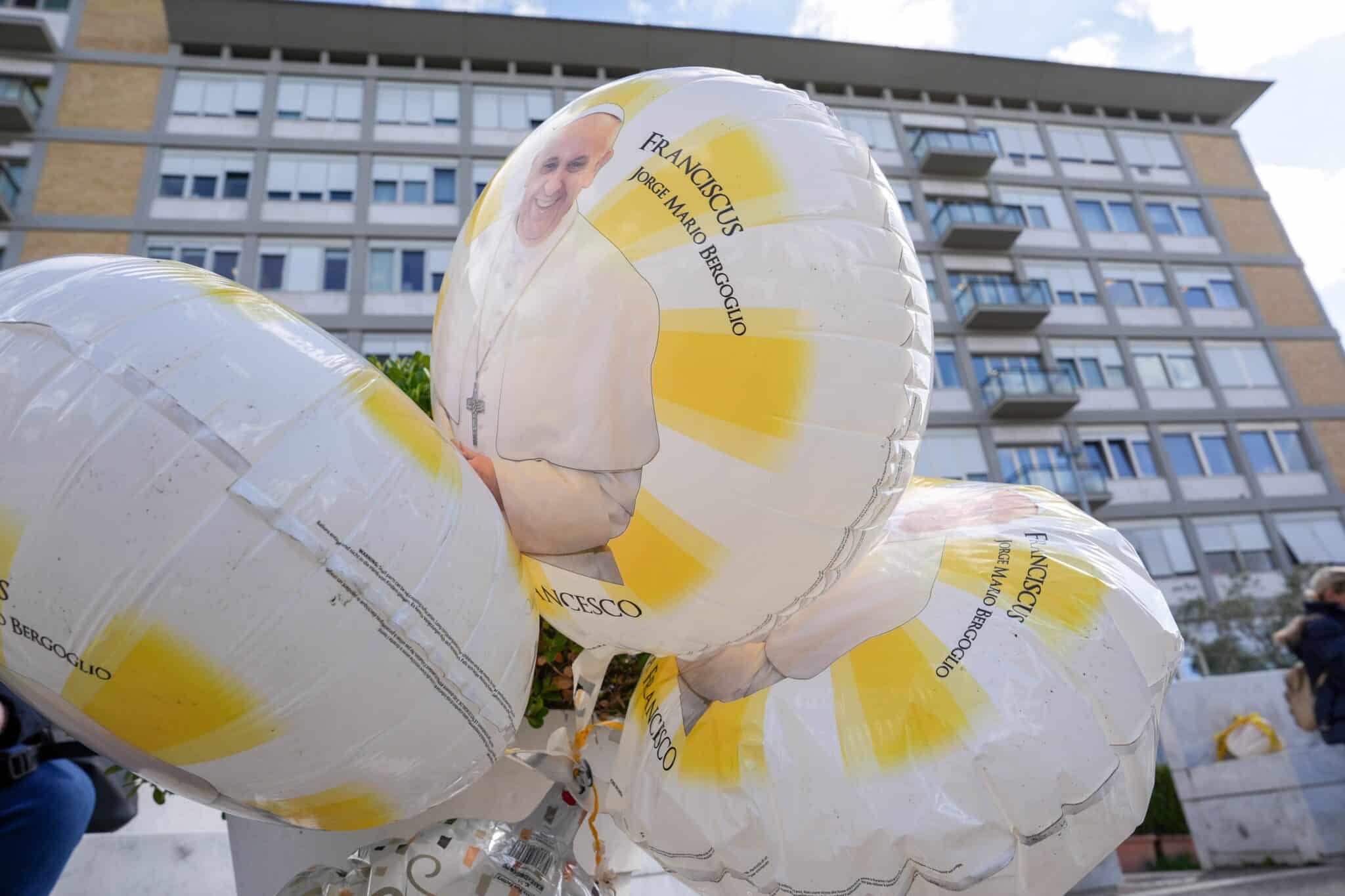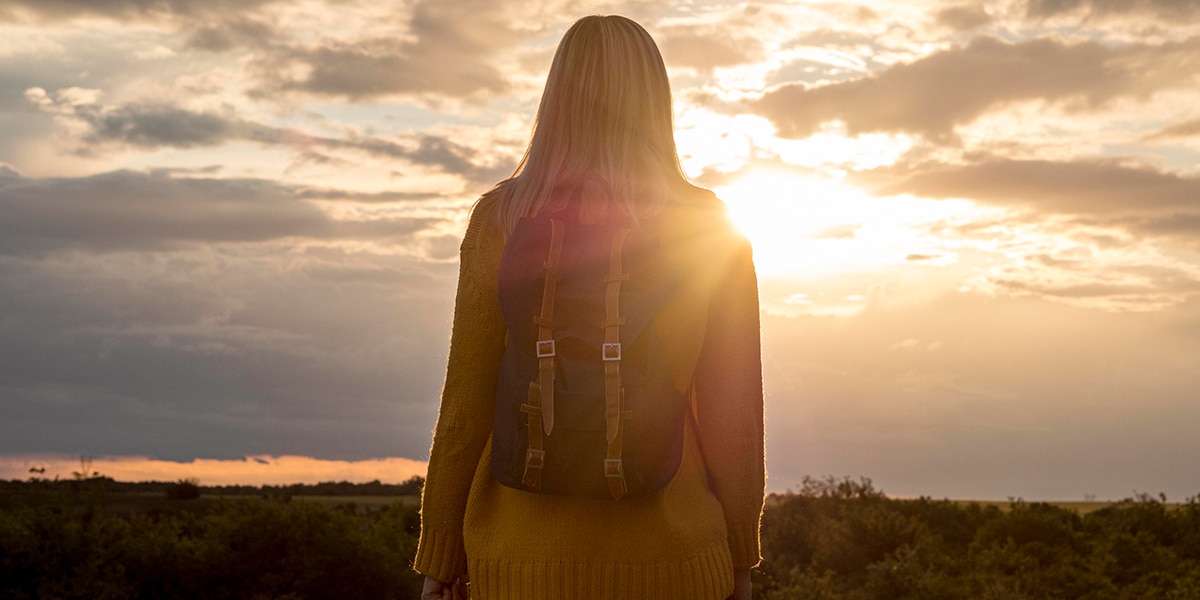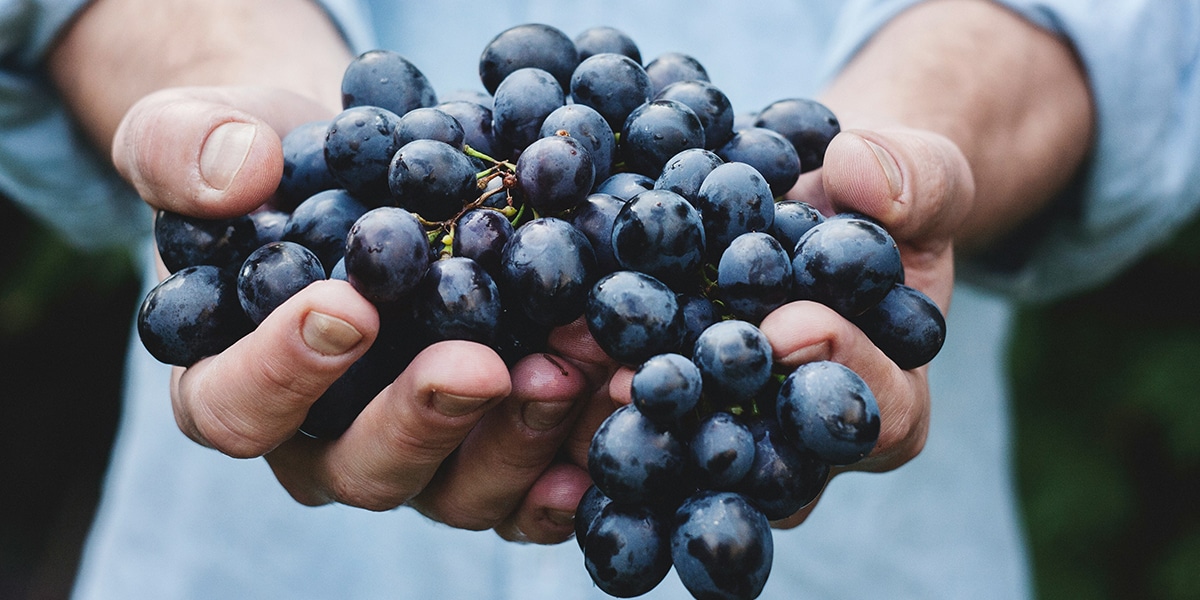San Antonio Winery was founded in the City of Angels in 1917 by Santo Cambianica, an immigrant from the Lombardy region of Italy. He dedicated his business to his patron saint from Padua.
Santo’s great-nephew Steve Riboli discusses the business of winemaking and the winery that has been in his family for four generations. “If you look at the history of wine in America, the Catholic Church is often right at the forefront, ” says Steve. “The Franciscan padres from Spain were the first vine growers in the New World, planting grapes to harvest for drinking and using wine at Mass. ” California had a bit of an edge on the rest of the country because of its Mediterranean climate, which coincided with Europe’s Spanish, French and Italian wine regions.
When the Mexican government took over the land from the friars, private growers entered the scene. Many French, Italian and German immigrants started vineyards through the 1800s. Then during Prohibition, most of the wineries operating in Los Angeles went out of business. The few that remained open had contracts with the Church to make sacramental altar wine.
Sacramental Wine Saves Business
Steve Riboli’s father, Stefano, explains why San Antonio Winery got one of those prized contracts. The local bishop had heard that Santo Cambianica was a very devout man who went to the poor neighborhoods in L.A. each week to give food and clothing in honor of his patron saint. Santo was also a daily Mass attendee.
“You could say St. Anthony got us that contract or the bishop felt guilty if he didn’t give Santo the contract! ” says Stefano with a grin. “Either way, it was a miracle, and my uncle spent hours praying before the statue of St. Anthony in the local church. ”
Miracle or not, the contract allowed San Antonio Winery to expand from 2,000 cases of sacramental altar wine a year to 25,000 by the time Prohibition was repealed.
“Before the 1960s, our sacramental-wine business was mainly a Southern California operation for us, ” says Steve Riboli. “Now we produce 60,000 cases of altar wine and distribute it nationally to churches in Chicago, in New York and in St. Louis. The Hammer family represents us in the northern section of Missouri, so we do a lot of business with dioceses in the Midwest and Northeast. ”
In the 1960s, the winery was rescued again by a Church official when the Southern Pacific Railroad threatened to tear it down. Father Louis Masoero, a Salesian priest who was principal of Bosco Technical Institute for Boys, had been a regular customer and friend of Stefano Riboli and his family. Through the priest’s public-relations efforts among leading people of the community, petitions were signed. Eventually, the city and the railroad rethought a route through the winery.
Family Business
Stefano explains why his mother sent him from Italy to California in the 1930s to work for his Uncle Santo. “My mother discovered a priest in Bergamo who had a nephew going to America to get married to a local Italian girl living in L.A. So my mother asked the priest if I could accompany him, ” says Stefano. “World War II was looming in Germany, and my mother saw the handwriting on the wall. There was talk in Italy that in America you swept dollar bills off the sidewalks with a broom. I came from a very poor region in Italy. We dreamed of America.
“The first day I arrived at the winery, my uncle asked me if I came to work or to play, ” recalls Stefano. “I said, ‘Work.’ He said, ‘Good. Tomorrow I’ll teach you how to clean wine barrels.’ And that was how I started. ”
An average day for young Stefano started at 6 a.m. He worked on the wine presses and delivered cases of grapes or wine to families all over Southern California. During Prohibition many people made wine at home, and the winery supplied them with grapes.
Often on weekends Stefano assisted his uncle, who never married, in giving food and clothes to the poor. He vividly remembers Santo going every morning to Mass at the local church, Our Lady Help of Christians.
In a story that sounds reminiscent of Ruth in the Bible, Stefano explains how he met his wife, Maddalena, an Italian immigrant from the province of Asti. It was during World War II when he saw Maddalena Satragni picking corn in a field near her family’s farm in Chino, California. Stefano was impressed with the way she drove a tractor. Today the matriarch of the family has an award-winning wine label of her own and is the creative force behind Maddalena Restaurant, located in the winery’s former fermentation cellars.
No Sugar Added
Stefano and Maddalena, their sons Santo and Steve, daughter Catherine and grandson Anthony continue the family’s winemaking tradition in a market where competition is increasing. Steve Riboli says, “We’re very pro-active. We believe wine is made in the vineyards, not in the winery. Eighty-five percent of quality in a glass of wine comes from the soil. ”
In addition to farming 500 acres in Monterey and 16 acres in Napa Valley, the Ribolis have long-term contracts to buy grapes from other growers. San Antonio Winery ferments white wine in its Los Angeles facility and produces red wines in Paso Robles. The winery’s modern bottling plant and distribution center are in Los Angeles.
“The bells and whistles added by the winery, like barrel fermentation, only account for 15 percent of the product, ” adds Steve. “I have four winemakers. Most of them have multiple graduate degrees. For example, an M.B.A. often accompanies a viticultural master’s degree from the University of California at Davis [the top school in America for winemaking]. That’s the modern winemaker. ”
California produces 80 percent of the wine made in the United States. Steve says great weather is one reason why the state still leads the nation in wine production over Texas, Idaho, New York, the Carolinas and Virginia. “We don’t have the frosts or hailstorms like the Finger Lake District in New York. Because those regions have shorter growing seasons, the government also allows them to add sugar to their wines to give them an edge in the market, but we don’t.
“Also, there are unique microclimates in California unlike anywhere else in the world for winemaking. This is particularly good for syrahs and pinot noirs that need cool nights with a little fog to enhance the vintage, ” he continues.
Modern techniques enable quality control. “We’ll make a special chardonnay of only 100 cases, ” says Steve. “That’s it. But you’ll get it in completely different versions. We can control the water. We can control the temperature. In the old days a vintage might vary from year to year. This doesn’t happen anymore. ”
Catholic Market
During the holidays the winery bustles with festive decorations and customers enjoying authentic Italian cooking and, of course, good wine. “We do a lot of our sacramental-wine production during the holidays of Christmas and Easter, ” says Steve. “This is also the peak busiest times for Catholic parishes throughout the country. Often our orders range in the neighborhood of 10,000 cases of sacramental altar wine to be shipped all over the United States. ”
He explains the regional characteristics of altar wine: “Colder-climate regions historically use sweeter wines for sacramental purposes that would be angelicas, sherries, ports and muscats. Warmer regions tend to use drier wines: ros , light muscat, chablis and burgundy. ” He adds that altar wine traditionally was darker to represent the Precious Blood and because lighter wines were not the norm for Mass in ancient times.
Sacramental wine has since moved from amber ports to lighter angelicas. “Part of the reason for the lightening of the color is that the linens covering the altar are usually white. Red wine makes a very noticeable stain, ” explains Steve. “White wines were, therefore, employed for easier linen cleanings. ”
Sacramental wine, according to The Code of Canon Law, “must be natural, made from grapes of the vine, and not corrupt ” (Canon 924, #3). Steve echoes this when he says, “Our wines are pure. We do not add flavorings, sugar, preservatives or water. ” The most popular sacramental wine, he says, is angelica or muscat.
Stefano credits the Second Vatican Council for the increase in production of sacramental wine. “In the ’70s both bread and wine began to be regularly offered to the congregation at Catholic Masses, ” he explains. “In the early ’90s there was a decline in altar-wine sales because many parishes were getting away from buying sacramental wines and wanted to go and buy from local wine shops. But they discovered the true quality was lacking in the wine. ”
Steve nods in agreement. “You also now have a new generation of priests who are real connoisseurs of wine, so they appreciate the product we offer, ” he says. “In fact, many of our customers are priests who come to our restaurant and winery and buy gifts of wine for friends or associates for various social occasions. ”
Diverse Products
In addition to producing sacramental wine, the business has expanded to a prestigious and award-winning line of fine wines produced by Riboli Family Vineyards (riboliwines.com). Riboli labels include Maddalena Vineyard, San Simeon, San Antonio, Kinderwood and La Quinta.
San Antonio Winery ships products to 24 states, Asia, Canada and the United Kingdom. Fifty percent of the wine is distributed in California, says Steve. He sees increased interest in the Carolinas, Colorado, Arizona, Tennessee, Kentucky and Florida because the young workforce that has moved into these areas is raising the demand for good wine. In addition, the business imports and sells wines from France, Australia, Chile and Italy.
“We ship everywhere now. And we’re very popular at holiday time, ” says Steve proudly. “The Australian and Chilean brands are excellent buys. As you can see, we’ve diversified to keep up with the competition. ”
Travel and changing cultures have contributed to increased business overseas. When Americans travel to Asia, they expect good American wines at the hotels where they stay. In addition, Japanese give award-winning American wines as gifts to co-workers in Japan.
Cultural changes in this country have led to increased sales, too. “We’re finding Latino families are becoming more and more connoisseurs of good wine, so much so that Mexican restaurants are much more particular of the wines they serve than they were years ago, ” says Steve.
Multicultural Neighborhood
When Santo Cambianica began the winery, the neighborhood was largely populated by immigrants like him who were searching for jobs in what sounded like the promised land. Italians worked on the railroad or as marble craftsmen on churches being built. They lived side by side with large pockets of Yugoslavian, Russian and Jewish immigrants.
“There was St. Peter’s Church and St. Anthony’s Church down here, ” explains Steve Riboli. “They were hubs of worship and community for new immigrants, who turned to a parish for their initial connection to American life. ”
Today, the Los Angeles River is paved and industry has replaced vineyards. Modern immigrants come from places such as El Salvador, Mexico, Vietnam and Bangladesh. It’s a place where SaintAnthony, who was an immigrant himself, would feel at home.
San Antonio Winery, still in its original location on Lamar Street and not far from Union Station, has been designated a Cultural Historical Landmark. Many scenes from Murder, She Wrote and Falcon Crest were filmed at the site.
The winery offers a restaurant, banquet facilities, tasting room and wine shop. Arnold Schwarzenegger and Al Pacino are among the celebrities served in the dining hall, a popular spot where banquets for city officials are often booked far in advance.
Crediting Saint Anthony
“We wouldn’t have a business if it wasn’t for my great-uncle’s work with the poor in the local parishes of downtown, ” says Steve, who recalls asking for a favor at one of those churches. “Ten years ago my son was two, and the doctors gave him a week to live because of an infection he had I remember this as if it was yesterday. So I went to St. Anthony’s Church, right down the street here, and I prayed inside the chapel. I remember saying, ‘Well, Saint Anthony, this is it. I need your help. This is the big favor.’ At times like that, all a parent can do is kneel. ” His son completely recovered from his illness.
Stefano also credits the winery’s patron with a healing experience. “I was in a very bad accident when a wine press fell on me and badly injured my spine in 1940. My whole back was torn in two and there were complications. I was in bed for a year! They gave up on me. Four people who had similar spinal conditions all died in the hospital beds right next to me. I figured I was next. But I never stopped praying. Even the priests who came in to visit me figured I was a goner. But here I am. That’s my miracle of Saint Anthony. ”
A statue of Saint Anthony and the infant Jesus still remains in the office of the winery, even though the infant’s head broke off when the statue fell six feet during the 1994 earthquake that shook the area.
Santo’s descendants continue his legacy. “One of the last things my Uncle Santo told me before he died was to carry on working with the poor and the Church as he had, and never to forget Saint Anthony because he truly felt blessed by that saint, ” says Stefano. “He believed in working hard and praying hard. We try to live up to that. ”
San Antonio Winery is located at 737 Lamar Street, Los Angeles, CA 90031. For more information about products, tours or restaurant hours, call 323-223-1401 or check the Web site (sanantoniowinery.com).
Church Teaching on the Eucharistic Celebration
Throughout the history of the Catholic Church, Communion under both species was always the ideal in keeping with the Lord’s Supper. But the Church also permitted Communion under one species for just causes and reasons. For example, wine alone could be given to a recipient who was unable to consume bread because of illness. Only wheat bread and grape wine may be used for eucharistic celebrations.
For the first 12 centuries, Communion under both species was the general practice. But by the 13th century, the custom of administering only the eucharistic bread had become dominant in the West. In 1415 the Council of Constance decreed that this custom should be considered as law.
With few exceptions, the distribution of Holy Communion under the form of bread alone remained the practice of the Latin Rite until the liturgical renewal of the Second Vatican Council. Today, consecrated bread and wine are offered to communicants around the world.

